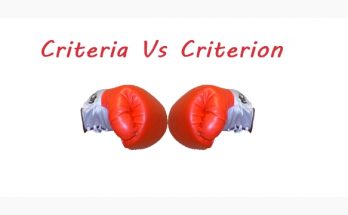I’ll have to admit, I made these common mistakes too when writing a user guide. So much so that I’ve decided to write this article to address the confusion once and for all! While these two words look similar, there is a subtle difference to it, and it depends on the context that you are using it for.
But first, let’s see what’s the real difference and its meaning:
| Word | Login | Log in |
| Difference | “Login”, as one word, can either be a noun or adjective.
As a noun, it refers to the act of logging in, the process itself, or the credentials used (e.g., “your login”). As an adjective, it describes something related to the act of logging in (e.g., “login page,” “login screen”). |
“Log in” as two words, is actually in a verb form.
It describes the action of entering a system or account. It’s what you do. |
| Meaning | A username and password that are required to access a computer or system account. | To enter information (usually the username and password) to gain access to a computer or system account. |
In a nutshell, you perform the action to log in (verb) to access your login (noun) details on the login (adjective) page. Now, let’s see what are the commonly made mistakes and its corresponding corrections:
Mistake 1:
Incorrect log in credentials. Please try again.
Correction 1:
Incorrect login credentials. Please try again.
| In this context, “login” is an adjective describing “credentials.” |
Mistake 2:
Do not share your log in details with anyone.
Correction 2:
Do not share your login details with anyone.
| In this context, “login” is an adjective describing “details.” |
Mistake 3:
The log in procedure is different for users with higher ranking.
Correction 3:
The login procedure is different for users with higher ranking.
| In this context, “login” is an adjective describing “procedure.” |
Mistake 4:
Go to the log in page and click Home to return to the main menu.
Correction 4:
Go to the login page and click Home to return to the main menu.
| In this context, “login” is an adjective describing “page.” |
Mistake 5:
Please login to download the document.
Correction 5:
Please log in to download the document.
| In this context, “log in” is the action/verb. |
Mistake 6:
Login now to access these amazing features!
Correction 6:
Log in now to access these amazing features!
| In this context, “log in” is the action/verb. |
Mistake 7:
Please login to your account to approve this request.
Correction 7:
Please log in to your account to approve this request.
| In this context, “log in” is the action/verb. |
Mistake 8:
You need to login to the forum before midnight to get the freebies.
Correction 8:
You need to log in to the forum before midnight to get the freebies.
| In this context, “log in” is the action/verb. |
Let’s take a look at some more nuanced examples to strengthen your understanding further:
- Technical Documentation
All users must complete the login process before accessing the dashboard. To log in, they will need their employee ID and password. - User Interface (UI) Design
The login button should be placed in the top-right corner of the screen. When clicked, it will take the user to the login page. - Casual Conversation
I can’t seem to log in to my account. I must have forgotten my login details!
So, as you can see, these two words cannot be used interchangeably because they are not the same. I hope this article has helped you differentiate between the two and given you the confidence to use them correctly in your writing.
Did this clear up the confusion for you? Share your thoughts in the comments below, or let me know what other common grammar mistakes trip you up!


